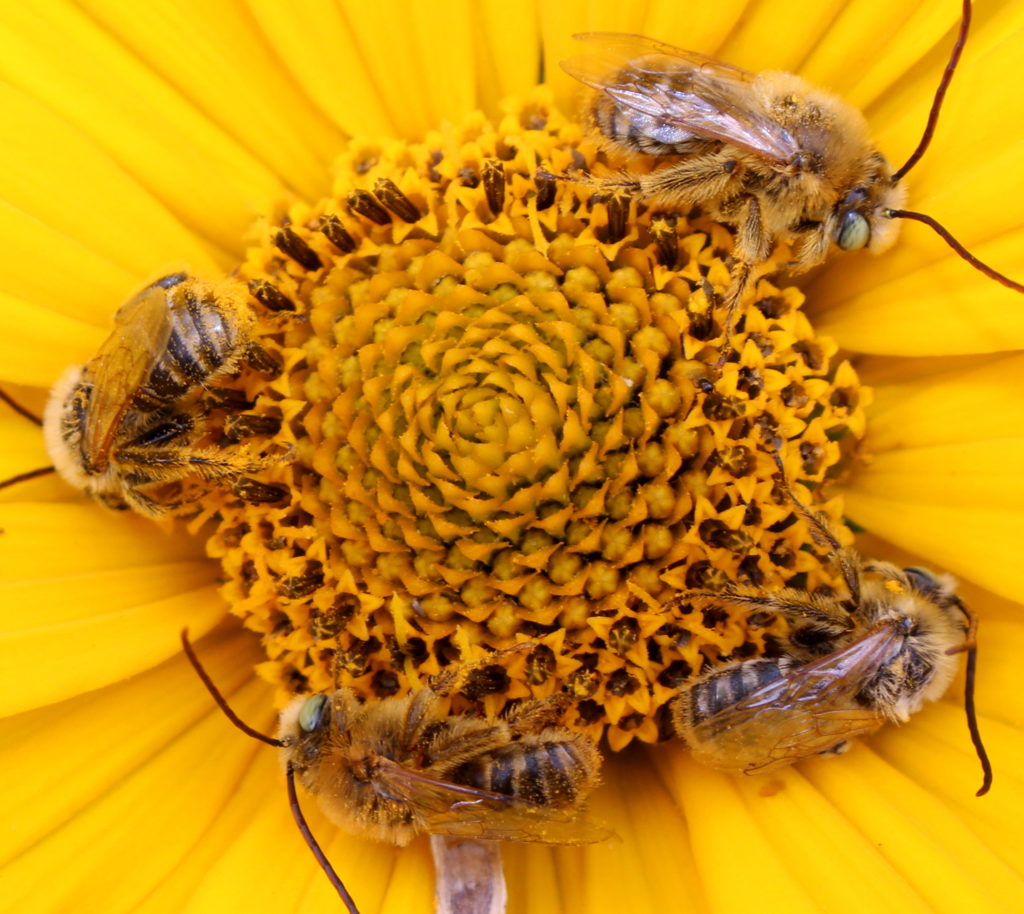I’ve been saying this for a few years and generally feel like I’m spitting into the wind, but once again UMass says that the fantastic work they’ve done over the last decade+ has almost eliminated risk of damage due to winter moth caterpillars.
From UMass:

“The take-home point? Do not worry about winter moth this spring! In fact, management of this insect in landscaped settings likely will not be necessary in most locations. In recent years, it is worth-while to note that some areas on the Cape and other locations in eastern MA have reported noticeable cankerworm populations in the spring, which are often confused for winter moth. Read more about cankerworms in the spring scouting list below.
In landscape settings in eastern Massachusetts, it is best to wait until the leaves of susceptible hosts completely unfold and monitor for feeding caterpillars, prior to treatment, especially since populations in Massachusetts continue to be so low in many locations. Be sure that management of this insect is necessary by monitoring for damaging populations before making applications in landscape settings.”
Consider sharing this information with your neighbors who are still paying to have Spinosad, a wide-spectrum insecticide that kills most insects, sprayed on their trees while bees, moths, caterpillars and others are there. Spinosad will kill all of those beneficial insects and more, but it won’t kill the winter moth caterpillar if it isn’t there.
As experts have noted, repeatedly, killing all the insects leads to a loss of birds as well.
Please, stop spraying insecticides (and herbicides) if you don’t know what you’re doing. In many cases I see, people are doing far more harm than good, even with the best of intentions.
